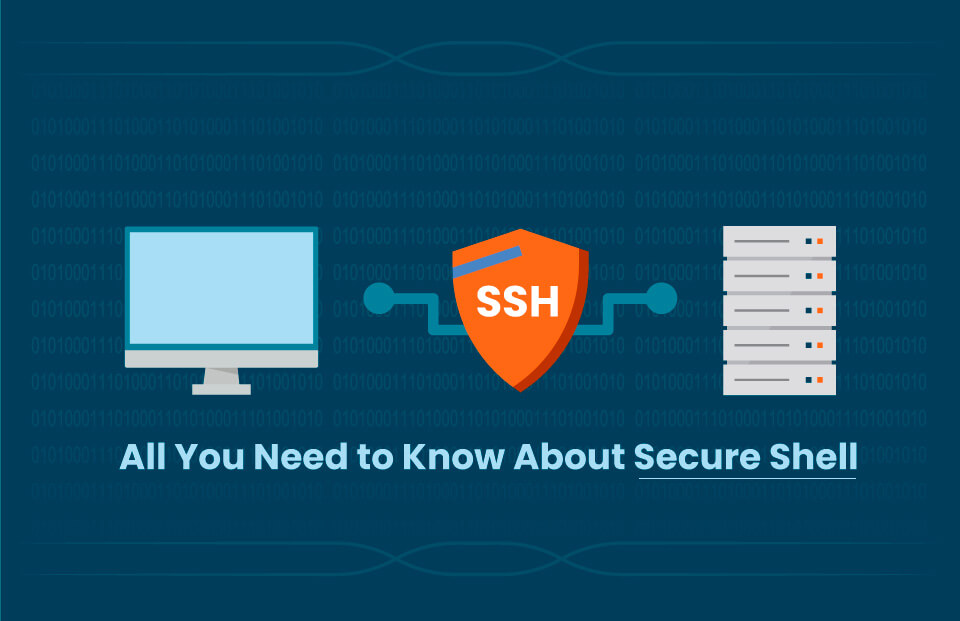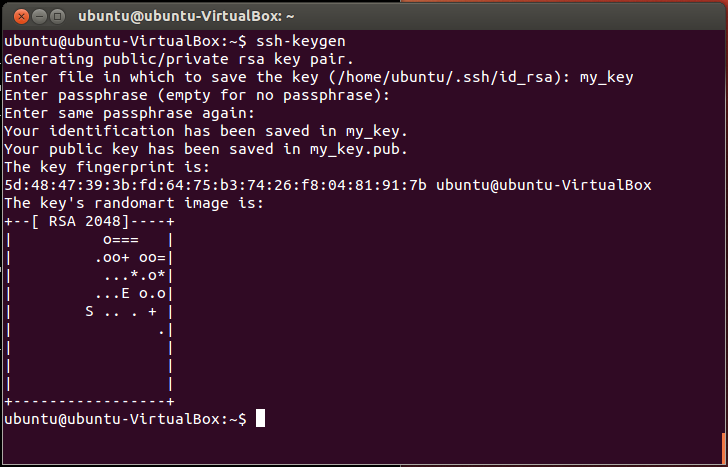5 Tips: Remote Host Connection Issues

Addressing Remote Host Connection Challenges: A Comprehensive Guide

In today's interconnected world, remote host connections are an integral part of our digital lives, from accessing cloud services to connecting to remote servers. However, when these connections encounter issues, it can lead to frustrating disruptions in our work and daily activities. This article aims to provide a comprehensive guide to understanding and resolving common remote host connection problems, offering practical tips and insights to help you tackle these challenges effectively.
Understanding Remote Host Connections

Remote host connections establish a secure and reliable link between your device and a remote server or service. These connections are essential for various tasks, including remote desktop access, cloud computing, online gaming, and more. However, due to the complex nature of these connections, they can sometimes encounter problems, leading to connection errors, slow performance, or complete failures.
Some of the common issues with remote host connections include:
- Network Configuration Errors: Incorrect or outdated network settings can prevent your device from connecting to the remote host.
- Firewall and Security Settings: Overly restrictive firewall rules or security protocols can block legitimate connections.
- Server Overload: High traffic or resource-intensive tasks on the remote server can lead to slow responses or connection timeouts.
- Network Congestion: Congested network routes or poor internet connectivity can result in packet loss and connection instability.
- Authentication Failures: Incorrect login credentials or certificate issues can prevent successful authentication, leading to connection errors.
Understanding these potential issues is the first step towards effectively troubleshooting and resolving remote host connection problems.
5 Expert Tips for Resolving Remote Host Connection Issues
Here are five expert tips to help you tackle common remote host connection challenges and ensure smooth and reliable connections:
1. Check Your Network Configuration
Incorrect network settings are often the root cause of remote host connection issues. Ensure that your device's network configuration, including IP addresses, DNS servers, and gateway settings, is correct and up-to-date. Misconfigured network settings can prevent your device from establishing a connection with the remote host. Use network diagnostics tools to verify and fix any configuration errors.
For example, if you're using a Virtual Private Network (VPN) to access remote resources, ensure that the VPN client is properly configured with the correct server address, port, and authentication details. Incorrect VPN settings can lead to connection failures or slowdowns.
2. Optimize Firewall and Security Settings
Firewall and security settings are essential for protecting your device and network, but they can also inadvertently block legitimate connections. Review your firewall rules and security settings to ensure they allow the necessary ports and protocols for remote host connections. For instance, if you're using a remote desktop application, make sure the corresponding port is open and allowed by your firewall.
Additionally, consider using a secure and reliable VPN service to bypass restrictive firewall rules and enhance your privacy and security while accessing remote hosts. VPNs can encrypt your internet traffic and provide a secure tunnel for your connections, reducing the risk of connection issues due to security settings.
3. Monitor Server Performance and Uptime
Server overload and performance issues can impact remote host connections. Monitor the remote server's performance and uptime to identify any potential problems. Tools like server monitoring software and network performance monitors can help you track server response times, resource usage, and uptime statistics. By staying informed about the server's health, you can anticipate and address potential connection issues before they impact your work.
For instance, if you notice that the remote server's CPU usage is consistently high, it might indicate that the server is under heavy load, leading to slow responses and connection timeouts. In such cases, consider scaling up the server's resources or distributing the workload across multiple servers to improve performance and reliability.
4. Optimize Your Network Connection
A stable and fast network connection is crucial for smooth remote host connections. Optimize your network by reducing congestion and improving connectivity. Here are some tips:
- Upgrade your internet plan to a higher bandwidth package if you frequently experience slow connections.
- Use a wired Ethernet connection instead of Wi-Fi to minimize interference and improve stability.
- Place your Wi-Fi router in a central location and ensure it's positioned optimally to provide the best coverage.
- Consider using a network optimizer or QoS (Quality of Service) settings to prioritize your remote host connections over other network traffic.
By optimizing your network, you can ensure that your remote host connections receive the necessary bandwidth and priority, reducing the risk of connection issues due to network congestion.
5. Use Reliable Remote Access Tools
Choosing the right remote access tools can significantly impact the stability and performance of your remote host connections. Opt for reputable and secure remote access solutions that offer robust features and reliable connections. Some popular options include:
- Remote Desktop Software: Tools like TeamViewer, AnyDesk, or Microsoft Remote Desktop provide secure and feature-rich remote desktop access.
- Cloud-Based Remote Access: Cloud services like Amazon AWS or Microsoft Azure offer scalable and secure remote access to cloud resources.
- Secure Shell (SSH): SSH provides a secure and encrypted connection for remote command-line access, ideal for system administrators.
By selecting the right remote access tools and keeping them up-to-date, you can enhance the reliability and security of your remote host connections.
Case Study: Overcoming Remote Host Connection Challenges
Let's explore a real-world scenario to illustrate how these tips can be applied to resolve remote host connection issues.
Imagine you're a system administrator managing a remote server that hosts critical business applications. Recently, users have been reporting slow response times and connection failures when accessing these applications. By following the tips outlined above, you can systematically troubleshoot and resolve these issues.
- Check Network Configuration: Verify that the server's network settings are correct and consistent across all devices. Ensure that DNS servers and gateways are properly configured, and consider using a network diagnostics tool to identify and fix any configuration errors.
- Optimize Firewall Settings: Review the firewall rules on both the client devices and the server. Make sure that the necessary ports and protocols for the applications are allowed. Consider using a VPN to bypass restrictive firewall rules and provide a secure connection for users.
- Monitor Server Performance: Utilize server monitoring tools to track the server's CPU, memory, and network usage. Identify any spikes or bottlenecks that might be causing slow responses. If necessary, scale up the server's resources or distribute the workload to improve performance.
- Optimize Client Network Connections: Work with users to optimize their network connections. Recommend using Ethernet connections instead of Wi-Fi for critical tasks. Guide users on how to prioritize their remote host connections using QoS settings to ensure stable and reliable access.
- Evaluate Remote Access Tools: Assess the remote access tools being used to access the server. Ensure they are up-to-date and provide reliable connections. Consider implementing additional security measures, such as two-factor authentication, to enhance the security and stability of remote access.
By systematically applying these tips and best practices, you can effectively troubleshoot and resolve remote host connection issues, ensuring smooth and reliable access to critical applications and resources.
Future Implications and Trends

As remote work and cloud-based services continue to grow in popularity, the demand for reliable remote host connections will only increase. Here are some future implications and trends to consider:
- 5G and Edge Computing: The rollout of 5G networks and the adoption of edge computing will significantly improve remote host connections, offering lower latency and higher bandwidth. This will enhance the performance and reliability of remote access, particularly for time-sensitive applications and real-time collaboration.
- Secure Access Service Edge (SASE): SASE is an emerging networking model that combines security and network functions. It will play a crucial role in securing and optimizing remote host connections, especially in hybrid and multi-cloud environments.
- Zero Trust Security: Zero Trust security models will become more prevalent, ensuring that remote host connections are secure and trusted. This approach focuses on verifying every user and device before granting access, reducing the risk of unauthorized access and data breaches.
- AI-Driven Network Optimization: Artificial Intelligence (AI) and Machine Learning (ML) will be used to optimize network performance and connectivity. These technologies can analyze network data, identify bottlenecks, and dynamically adjust settings to ensure optimal remote host connections.
By staying informed about these future trends and adopting best practices, you can future-proof your remote host connections and ensure a seamless and secure user experience.
How do I know if my remote host connection is secure?
+To ensure a secure remote host connection, look for indicators like encryption protocols (SSL/TLS), two-factor authentication, and trusted certificates. Reputable remote access tools and secure networks play a vital role in securing your connections.
What are some common causes of slow remote host connections?
+Slow remote host connections can be caused by network congestion, high server load, or outdated network settings. Optimizing your network, monitoring server performance, and using reliable remote access tools can help improve connection speeds.
Can I use a VPN to improve remote host connection security and performance?
+Yes, VPNs provide an encrypted tunnel for your internet traffic, enhancing security and privacy. They can also bypass restrictive firewall rules, improving connection reliability. However, ensure your VPN is properly configured and uses strong encryption protocols.
Related Terms:
- Secure Shell
- PuTTY
- ssh keygen
- OpenSSH
- File Transfer Protocol
- Telnet



